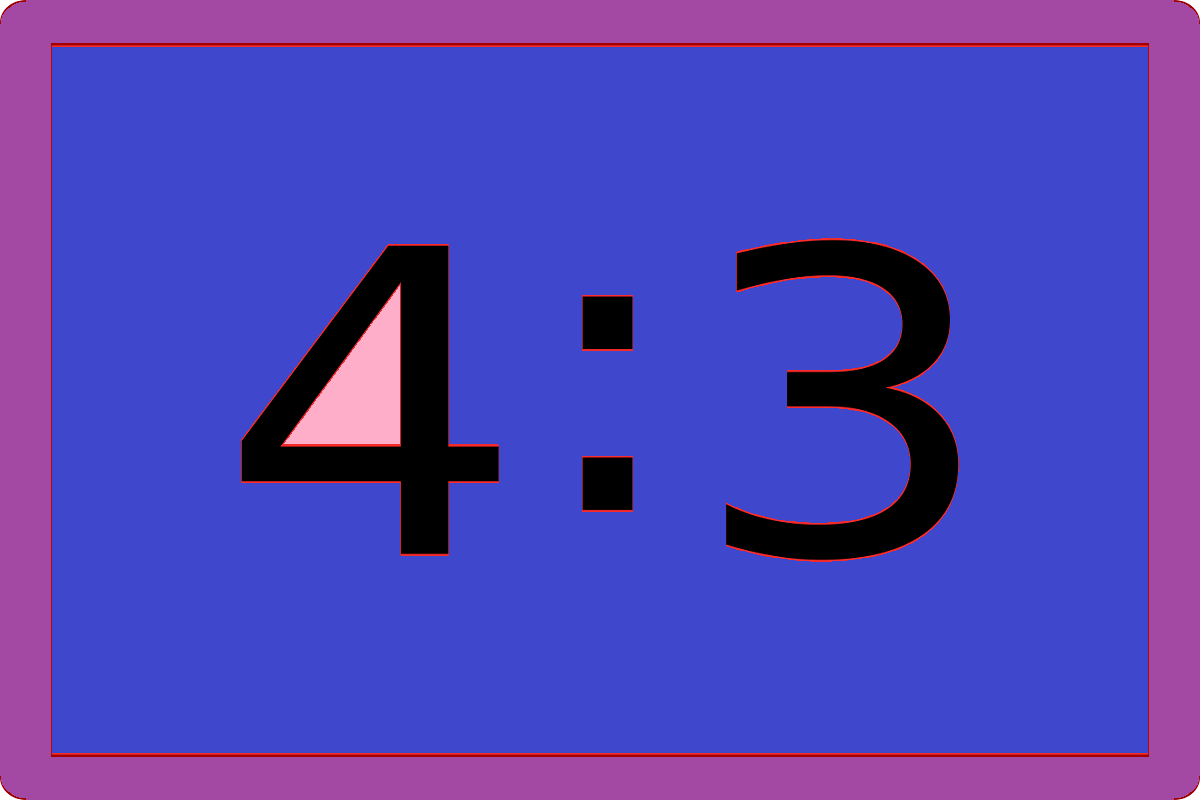The ratio is a word recognized by the Royal Spanish Academy that is used as a synonym of reason, in the sense of quotient of numbers or comparable quantities.
The arithmetic ratio is the constant difference between two consecutive terms of an arithmetic progression. The geometric reason, on the other hand, is the constant quotient between two consecutive terms of a geometric progression.
A ratio, in short, is the ratio or quotient of two magnitudes related to each other. The financial or accounting ratios are the coefficients provided by financial units of measurement and comparison. Through them, the relationship between two financial data is established, and it is possible to analyze the state of an organization based on its optimal levels.
For the comparison of the data to be consistent, they must correspond to the same period. On the other hand, the data to be tested must maintain a financial, economic, and administrative relationship.
The financial ratios allow measuring the liquidity, profitability, and the solvency of the companies. There are also activity ratios, productivity ratios, and ratios of balance, among others.
The concept of the ratio is also used in computing. The programs that allow sharing files from person to person (P2P) establish two types of ratio.
one that indicates the relationship between the number of users who own and share a complete file and the number of users who are downloading said file.
On the other hand, the ratio of up and down information of a user is called the sharing ratio (if a user has uploaded 600MB of data to a system and downloaded 300MB, its sharing ratio is 2.0).
Aspect ratio
Ratio Currently, with the increasing success of high definition television, with its 3D variant and the introduction of the first screens with 4k resolution (around four times more than the current 1080p standard) and the promise of a future 8k.
The concept of aspect ratio is increasingly known by consumers, although very few people seem to understand it in practice, and just watching your favourite show stretched or compressed, instead of taking the few seconds that requires adjusting the image.
The aspect ratio of painting is nothing other than the ratio between its horizontal and vertical dimensions, which is obtained by making a simple division (width/height) and is usually expressed by the formula x: y. In the case of traditional televisions, for example, their aspect ratio is 4: 3, which can also be stated as 1.33: 1.

Fundamentally, we find four types of aspect ratios: 16: 9, 16:10, 3: 2, and 4: 3, each associated with a different device or platform. It should be mention that these values do not refer to the resolution of a monitor, which simply reflects the number of pixels that a screen is able to display simultaneously; in the same way, depending on the form in which the resolution is express, it may or may not give clues about the aspect.
Although for several years now the televisions have given their users the possibility of altering the aspect ratio to visualize the content correctly, most viewers do not seem to notice when one or the other corresponds, and they usually use 16: 9 as a standard.
While there is an option generally called “automatic width,” which promises to make the necessary adjustments without any intervention by the user, the results aren’t always expected, not to mention this does not work in the same way in the world.

